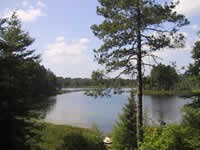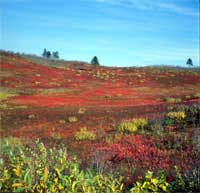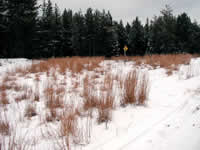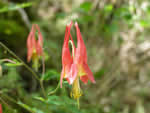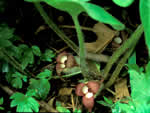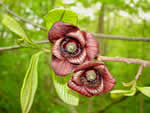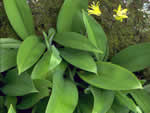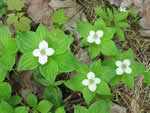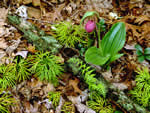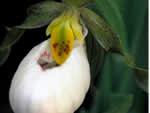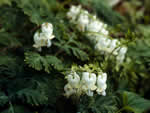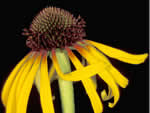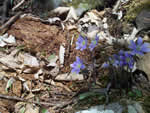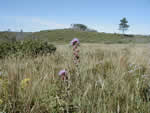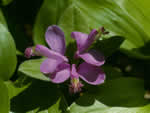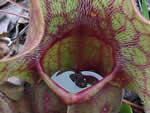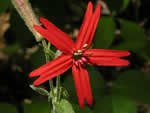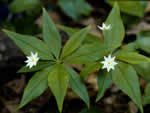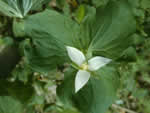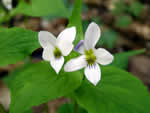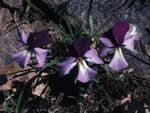USDA Forest Service Celebrating Wildflowers
|
|
|
Eastern Region
The region is rich in Native American history and culture. French voyagers and English explorers traveled the region's truly huge water bodies, such as the Ohio River, Mississippi River, and the Great Lakes. They initiated missionaries, fur trading, and timbering. Islands of green in a sea of people, the Eastern Region is the most geographically, ecologically, and socially diverse area in the United States. Regional boundaries contain 20 states with over 43% of the nation's population, making it the most urban. Nine of the top 20 metropolitan areas in the U.S. are within the Region's boundary. National Forest boundaries include 24 million acres of land, although only one of every two acres within these boundaries is National Forest land. Management of the 12 eastern National Forests is thus extremely complex. The Eastern Region is rich in water with over 10,000 lakes, 15,000 miles of streams, and 2 million acres of wetlands. The 12 million acres of national forest system lands are among the largest contiguous blocks of public lands. They are very rich in biological diversity and harbor 550 Regional Forester Sensitive Plants and 13 federally threatened or endangered plants. Community types include: boreal forests; tall grass prairie; pine barrens; shoreline along three Great Lakes; central hardwood forests; glades; bogs; Appalachian foothills; the White Mountains; some of the most extensive virgin forests in the eastern U.S., and so much more. Events
Viewing AreasIllinois
Indiana
Michigan
Minnesota
Missouri
New Hampshire
Ohio
Pennsylvania
Vermont
West Virginia
Wisconsin
Wildflower Links
Wildflower Photographs
|
|
| NOTE: PDF format links require the Adobe Acrobat Reader to view. | |
| top | Disclaimers | FOIA | Privacy Policy | Quality of Information | Photo Credits & Use |
Location: http://www.fs.fed.us/wildflowers/regions/eastern/index.shtml
Last modified: Tuesday, 05-May-2009 10:56:14 EDT
